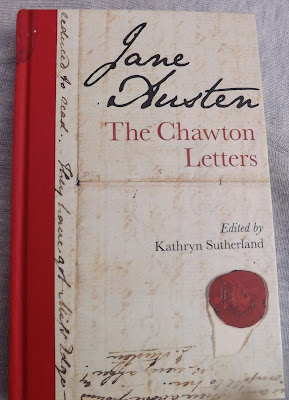'Amy we must go. Good-by dear, do come and see us, we are pining for a visit. I don’t dare to ask you, Mr Lamb; but if you should come, I don’t think I should have the heart to send you away.’ Jo March, Little Women
One of my favourite scenes in Good Wives is Calls where Jo reluctantly pays social calls with Amy and wickedly imitates May Chester’s gushing conversational style. This results in trouble for Amy in the subsequent chapter Consequences where she helps out with the art stall at the Chester’s fate and pays the price for Jo’s thoughtlessness. Those who find Little Women sentimental may be surprised at Alcott’s brilliance at dialogue and social satire in these chapters. I’ve just re-read Little Women and Good Wives recently and found it as fresh and charming as ever.
I took a little trip to Heffers in Cambridge last week. There is something magical about Cambridge in winter with its cobbled streets lit up for Christmas and the great colleges against the skyline. I was looking for a biography or collections of Alcott’s letters but couldn’t find anything so I bought Meg, Jo Beth and Amy - The Story of Little Women and Why it Still Matters by Anne Boyd Rioux.
It contains some fascinating facts about the life of Louisa May Alcott. She wrote most of Little Women in 10 weeks(!) at the requests of her publisher who wanted a book for girls. I was interested in the scenes that were cut from the original manuscript of Good Wives - Amy visiting a casino in Europe, Amy having more than one suitor and Laurie passionately kissing Jo when he proposes to her! Rioux goes into extensive detail about the film, television and theatrical adapations of Little Women which I am not particularly interested in but it’s an enjoyable read.
Do you love Little Women?
Do you love Little Women?






